The Cast to Device is an important feature in Windows 10. If the feature stops working, you won’t be able to use Windows Media Player for streaming content to any device.
If the Cast to Device is not working on your computer, this post is just for you.
We have provided 3 solutions that could fix the issue — but you need not try all of them.
Start with the 1st solution. If it does not resolve the issue, move on to the next solution and so on.
Now, let’s look at the solutions.
Solution One- Turn On Network Discovery and File and Printer sharing
The network sharing feature should be enabled for the Cast to device feature to work.
Also, the Cast to Device also needs the Network Discovery feature to work flawlessly.
You need to check the status of file and printing sharing feature and network discovery and ensure both options are enabled.
Here are the steps to follow.
- Click Start
- Type network in Cortana search box
- From the list of results, click Network status
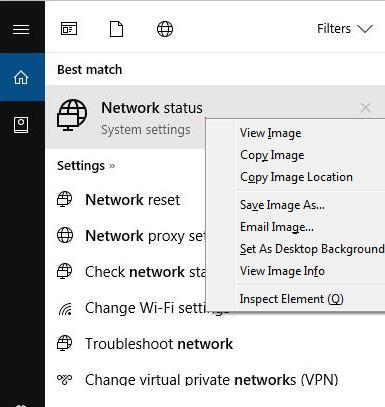
- In the next window, click Networking and Sharing Center
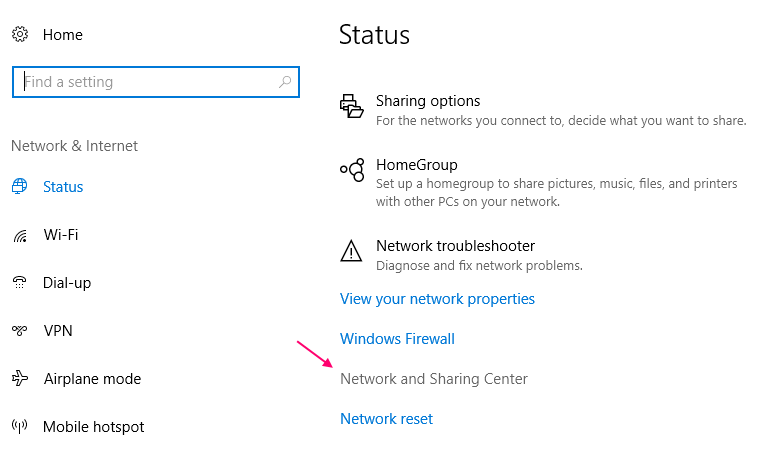
- In the Networking and Sharing Center window, click Change advanced sharing settings
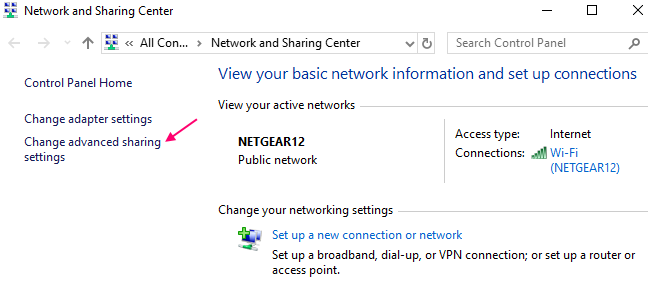
- In the Advanced sharing settings window, make sure the two items mentioned below are checked
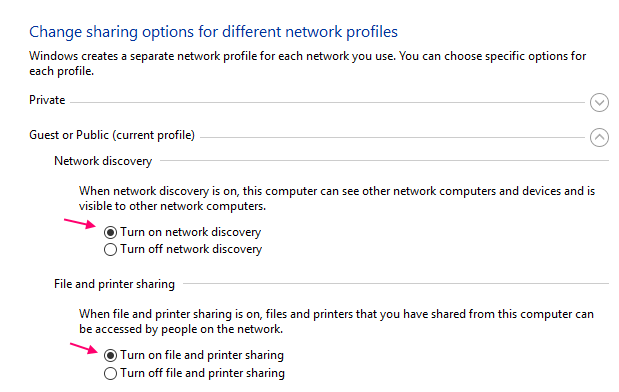
- Turn on network discovery
- Turn on file and printer sharing
- Close all windows
Check whether Cast to Device feature is working. If the problem remains unresolved, move to next solution
Solution Two- Reset Stream Permissions for Windows Media Player
Windows 10 has specific streaming options that allow the user to decide which media would be shared.
If the Stream permissions are not set right, the Cast to device feature won’t work properly.
A simple solution to this problem is resetting Stream permissions. This will set the stream permissions to default settings and help fix the problem once and for all.
Here are steps to reset stream permissions for Windows Media Player.
- Click Start
- Type windows media player in the Cortana search box and hit Enter on the keyboard
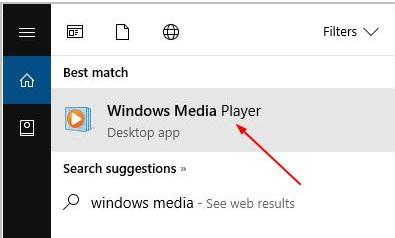
- Click Windows media player from the list of results
- In the Media Player window, click Stream
- Click Allow Internet access to home media…
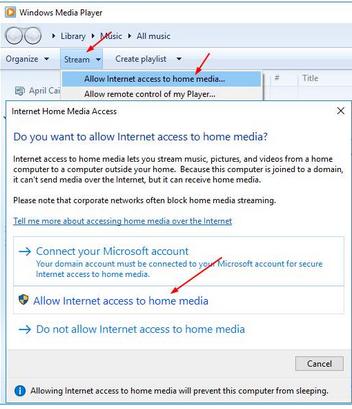
- In the pop windows, click Allow Internet access to home media in the pop-up window
- In the User Account Control pop-up dialog, click Yes
- In the pop-up dialog of Internet Home Media Access, click OK
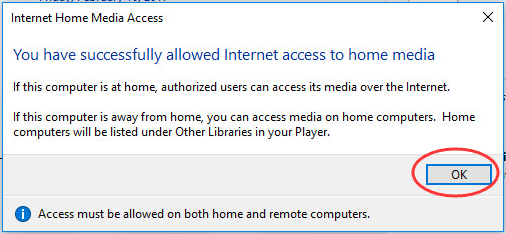
- Go to Windows Media Player again
- Click Stream
- Click Turn on Media Streaming
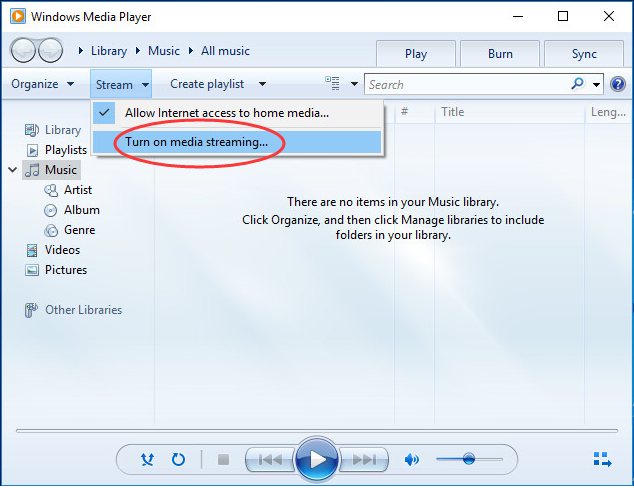
- Click OK
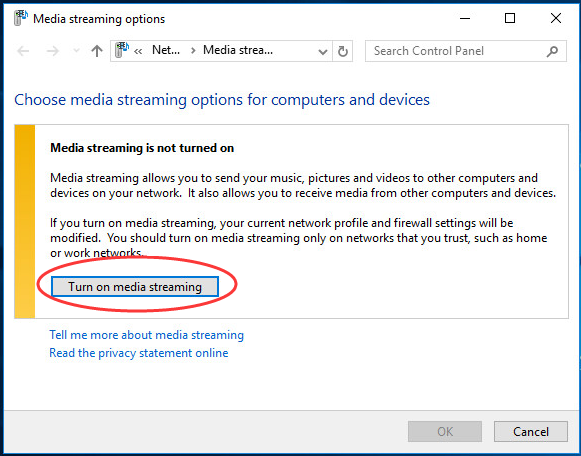
- Go back to Windows Media player again
- Click Stream
- You should see the Automatically allow devices to play my media option checked. If you do not see a tick in the box, click on the box so that the option is checked
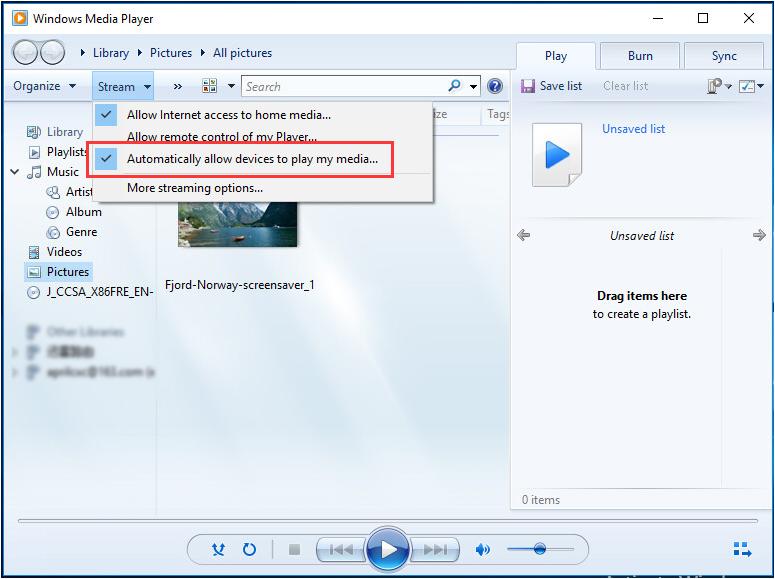
- Close Windows Media player
Now check whether Cast to Device feature is working properly.
If the problem remains unresolved, move to next solution.
Solution Three- Update Network Drivers
A large number of problems in Windows 10 are related to drivers. If network drivers are older or outdated, it could cause problems like Cast to device feature not working.
There are two ways to update network drivers- manually and automatically.
Method One- Update Network Drivers Manually
- Press the key combinations – Windows logo key and R on the keyboard to bring up Run command box
- In the Run command, type devmgmt.msc and click OK
- In the Device Manager window, go to Network adapter category and expand it
- Right-click on the Ethernet controller and click Properties
- In the properties window, go to General tab
- Note down the name of the Ethernet controller, manufacturer name and other details
- Now go to Driver tab and write down the driver version
- If you are using Wireless connection, follow the same procedure for a Wi-Fi adapter or Wireless adapter in the list to get the details of the network adapter
- (Note-Laptop users who connect to the Internet through Wi-Fi need to download latest drivers for Wireless adapter)
- Close Device Manager
- Open Internet browser
- Go to Network adapter manufacturer website and type the name of the network adapter in the search box.
- You will see the list of downloads available for the network adapter. You need to be careful when downloading network drivers. For example, if the system architecture of Windows 10 installed on your computer is 32-bit, you need to download and install 32-bit network drivers. Similarly, if you have 64-bit Windows 10 OS, you need to download 62-bit network drivers.
- Once the network drivers are downloaded, double-click on the setup (.exe) file and follow on-screen instructions to install network drivers.
- If the driver setup file is in .zip format, unzip the file contents to a folder and then double-click on the setup(.exe file)
- Restart PC after installing network drivers
Check whether Cast to Device feature is working on your computer. If the issue remains unresolved, move to next solution.
If you feel the method of manually updating drivers is difficult, you can choose to update drivers automatically.
Method Two- Update Network Drivers automatically
As you can see for yourself, updating drivers manually can be quite time-consuming.
You can save time and energy and keep your PC safe by downloading driver files automatically.
Automatic driver update tools offer many benefits, the most important ones being:
- You can update device drivers automatically
- The software scans and updates all outdated or missing drivers at one go
- The tool picks the right drivers for your device and operating system, so you won’t have to worry about installing an incorrect driver by mistake
- Automatic driver updates are 100% safe
Driver Updater is one of the best driver update tools out there. Outbyte Driver Updater will give you access to a database of over 1 million drivers. It will regularly scan your PC, suggesting new driver versions to install. Driver Updater contains drivers for a variety of Windows devices. With just one click, you can update drivers in your system.
Step 1
Click here to Install and launch the app
Step 2
Scan all devices
Step 3
Install or update drivers automatically

Leave a Reply